Full text
PDF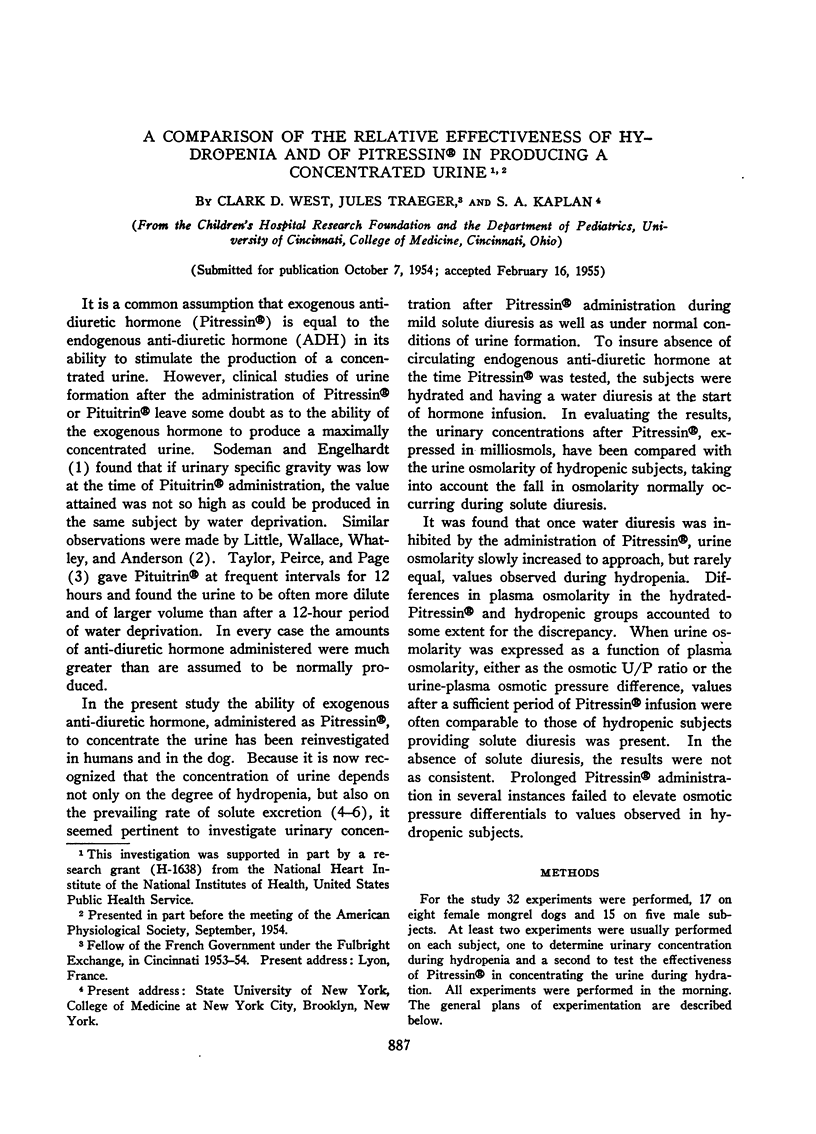
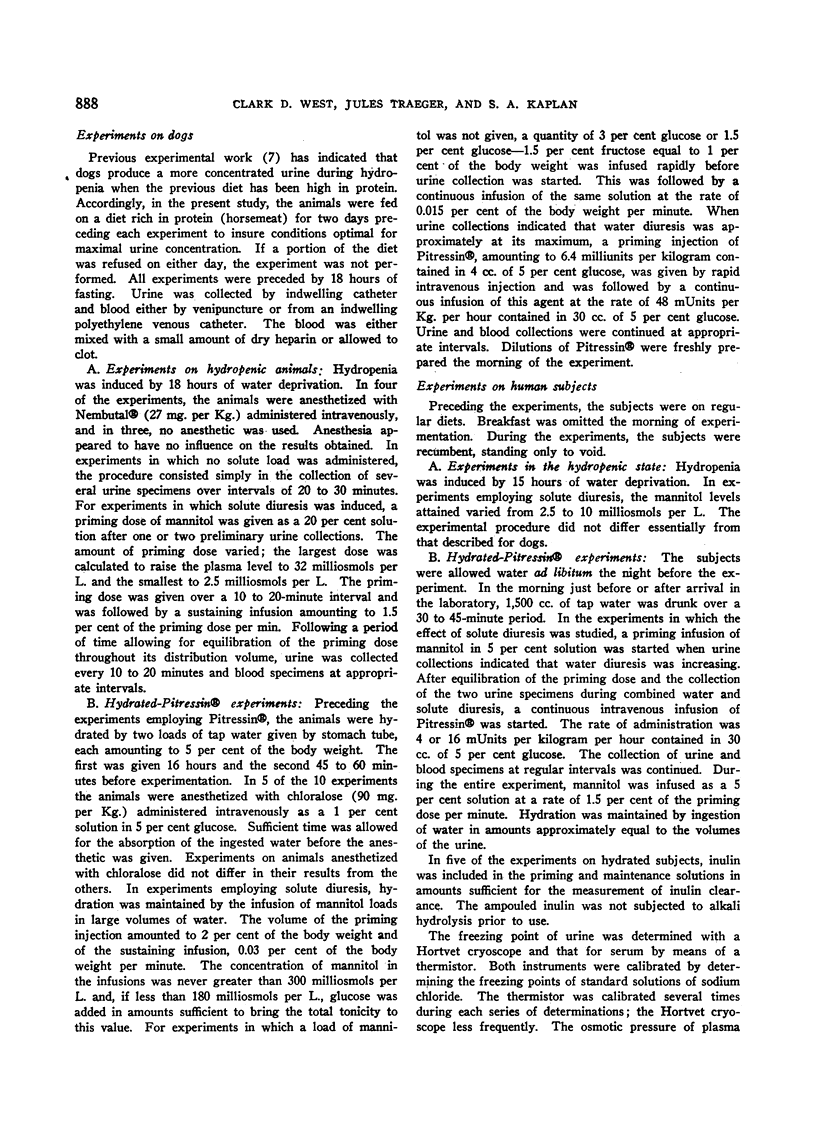
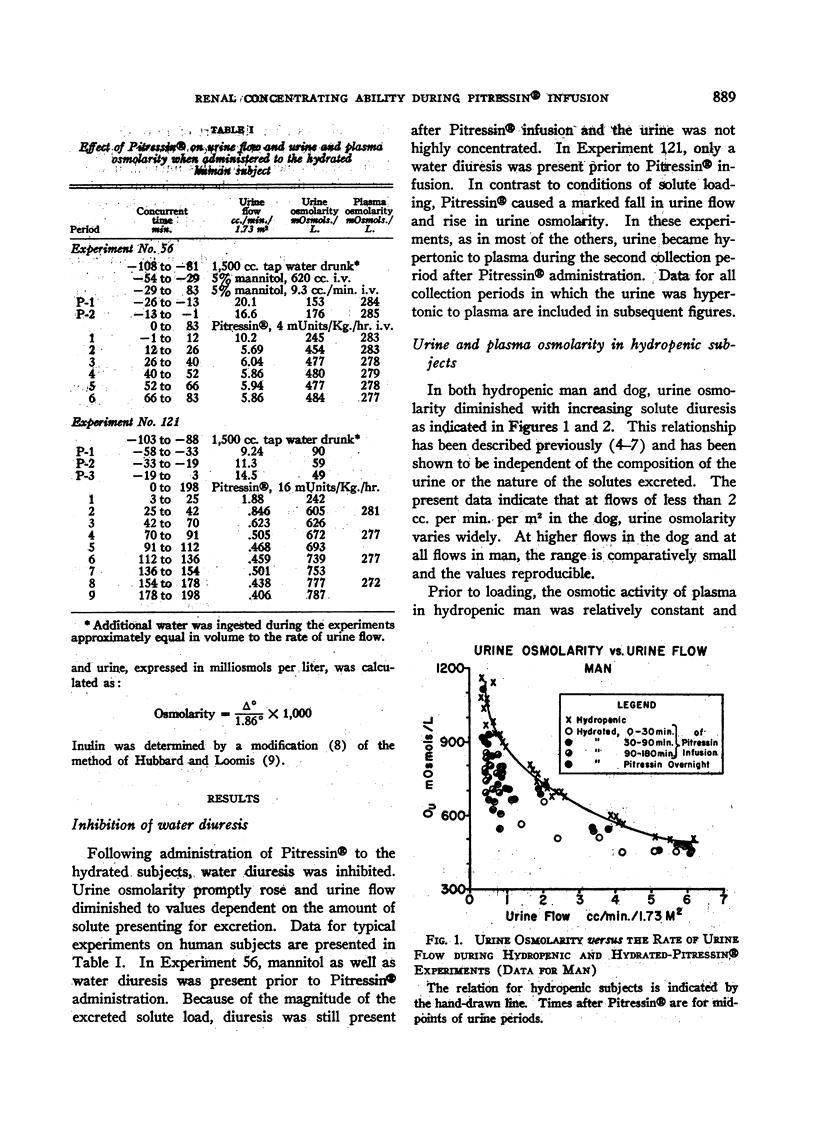
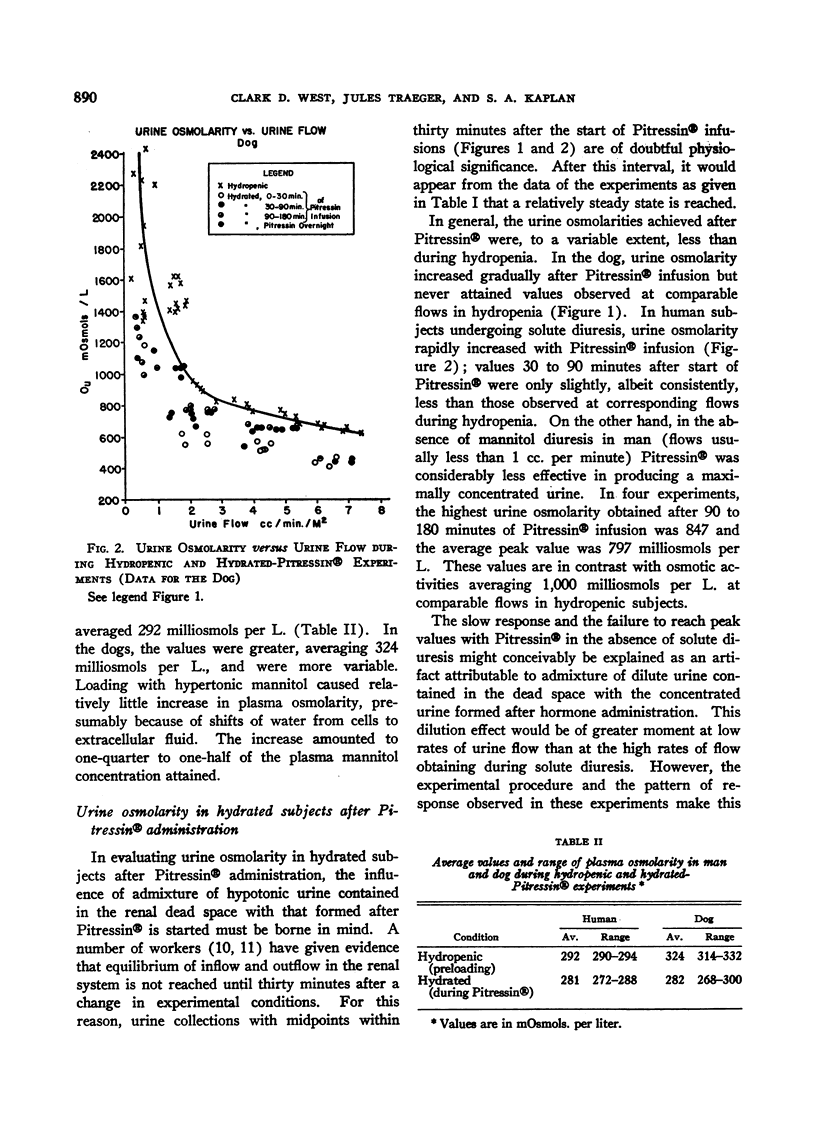
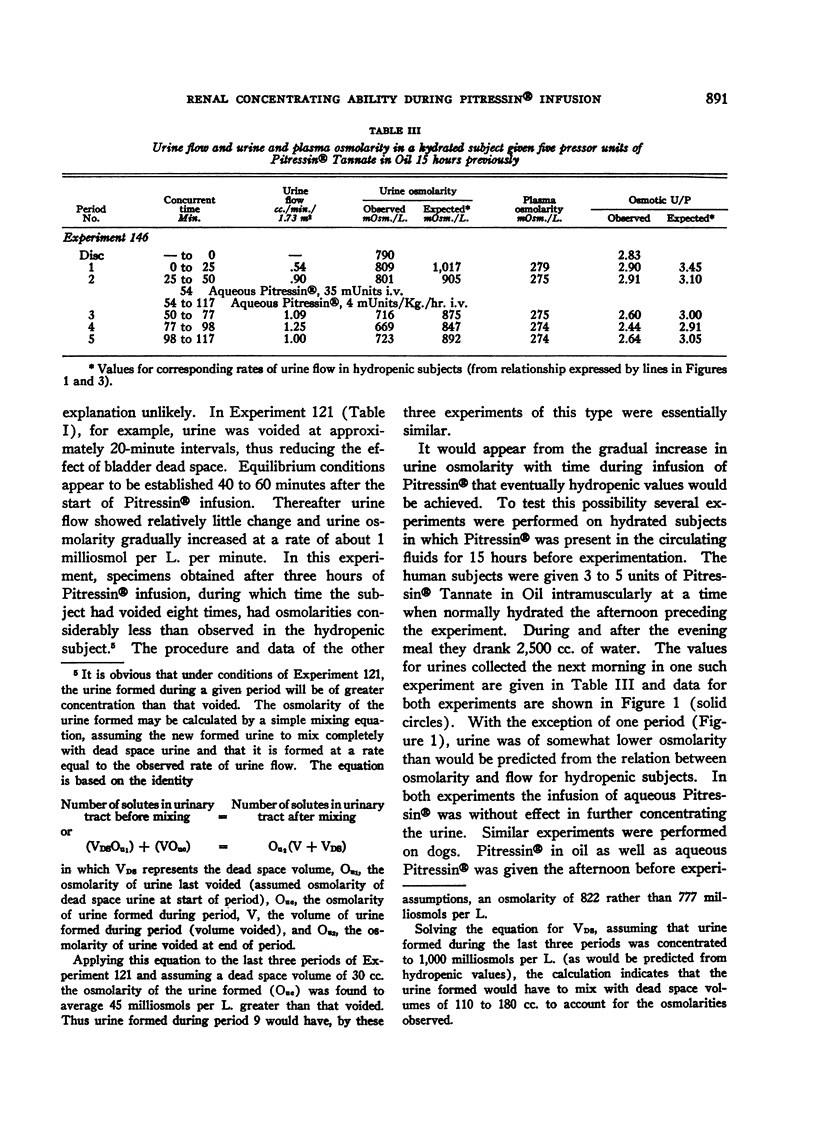
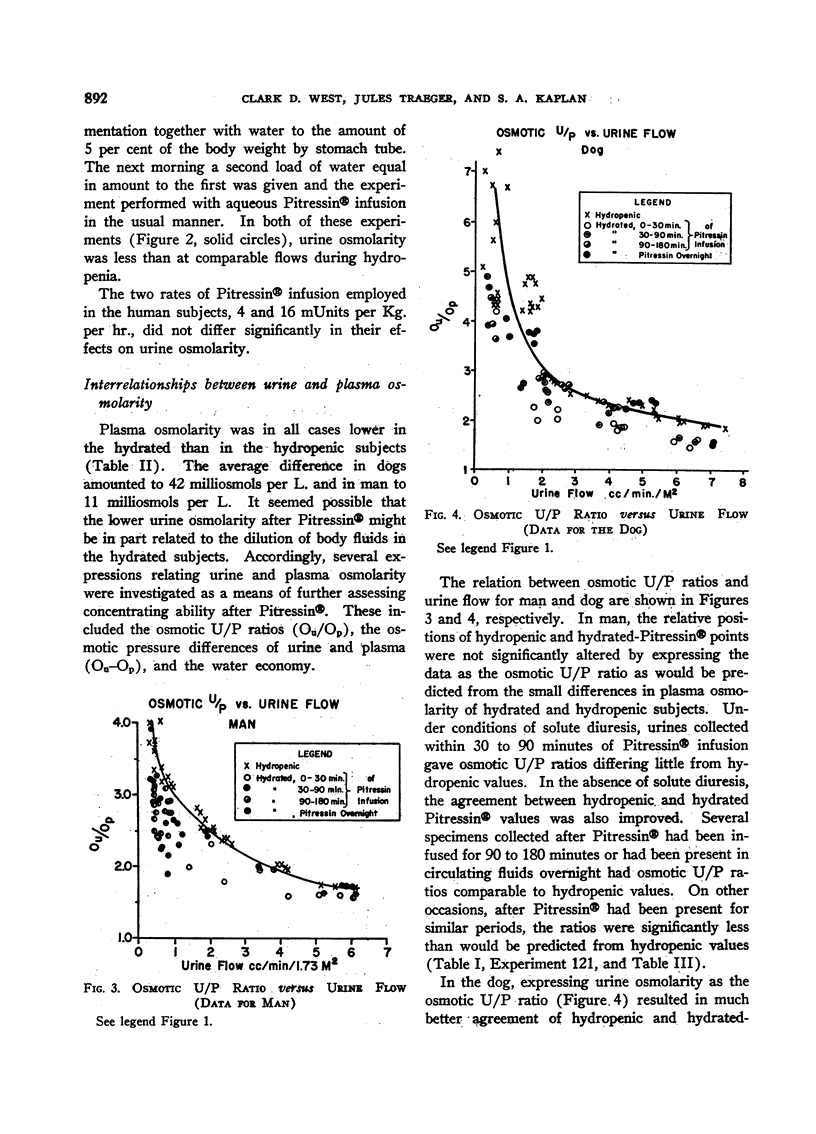
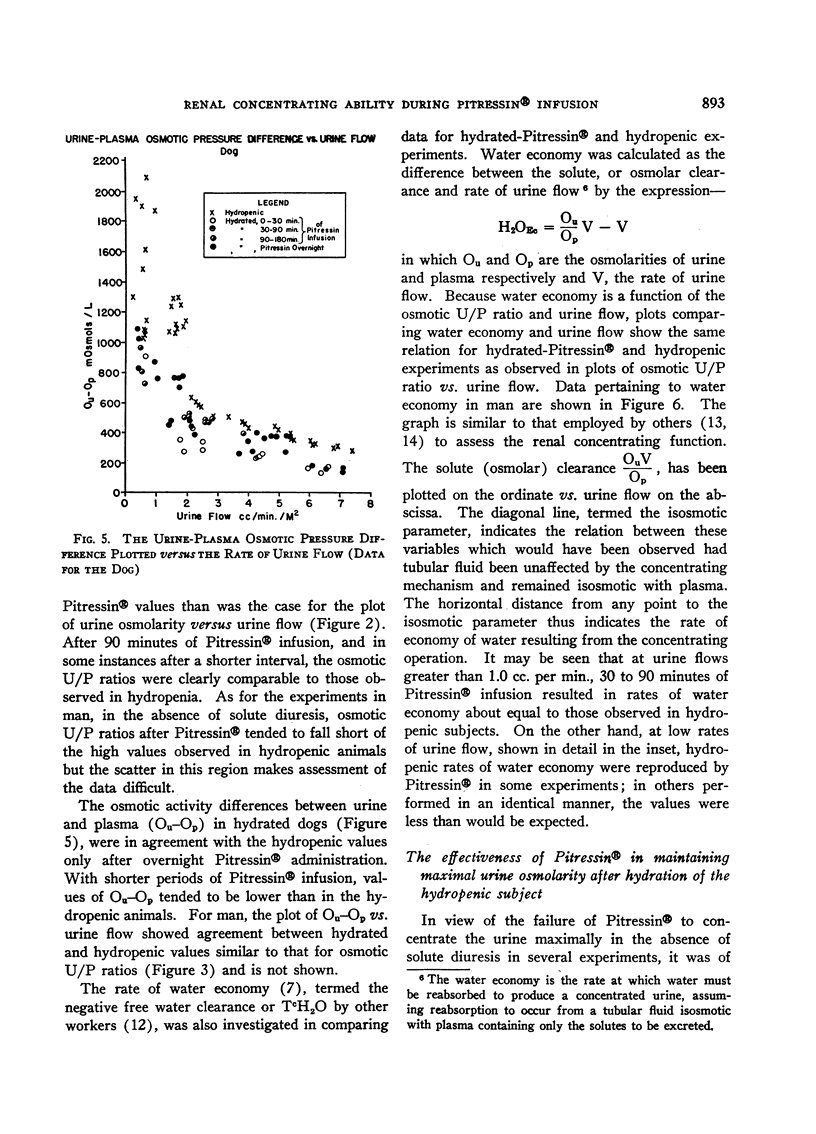
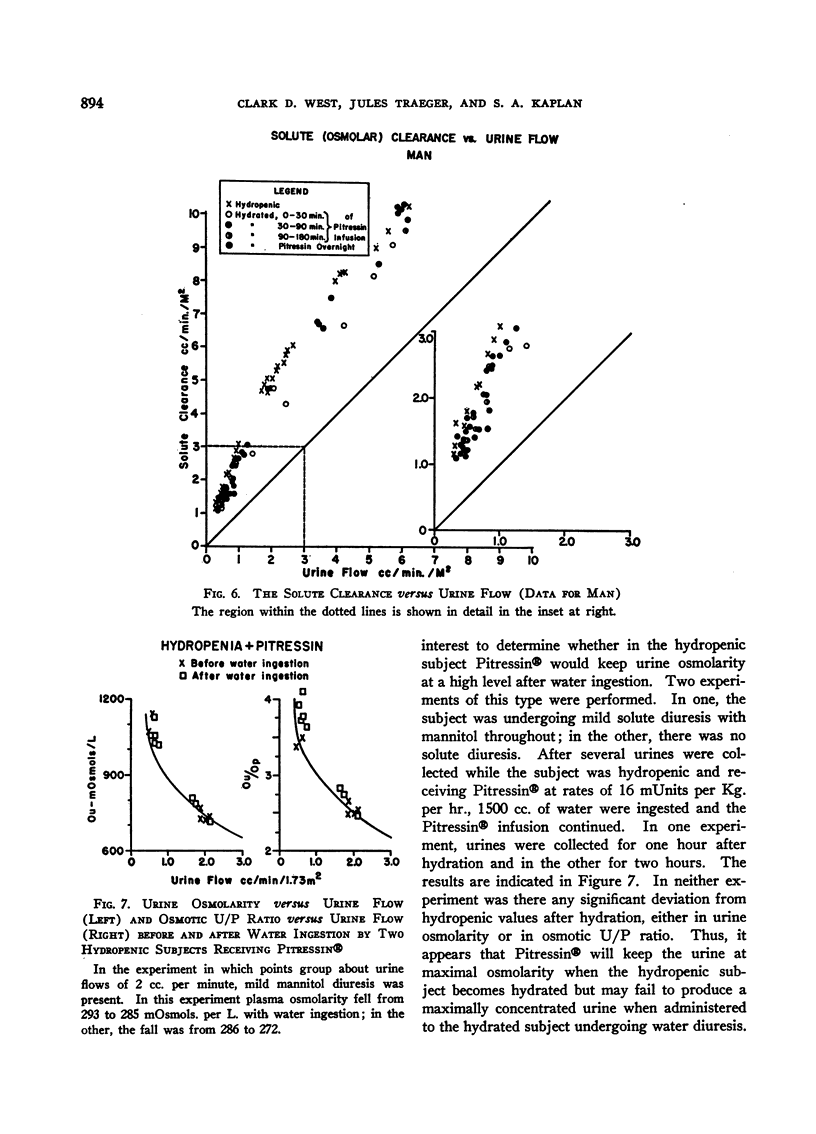
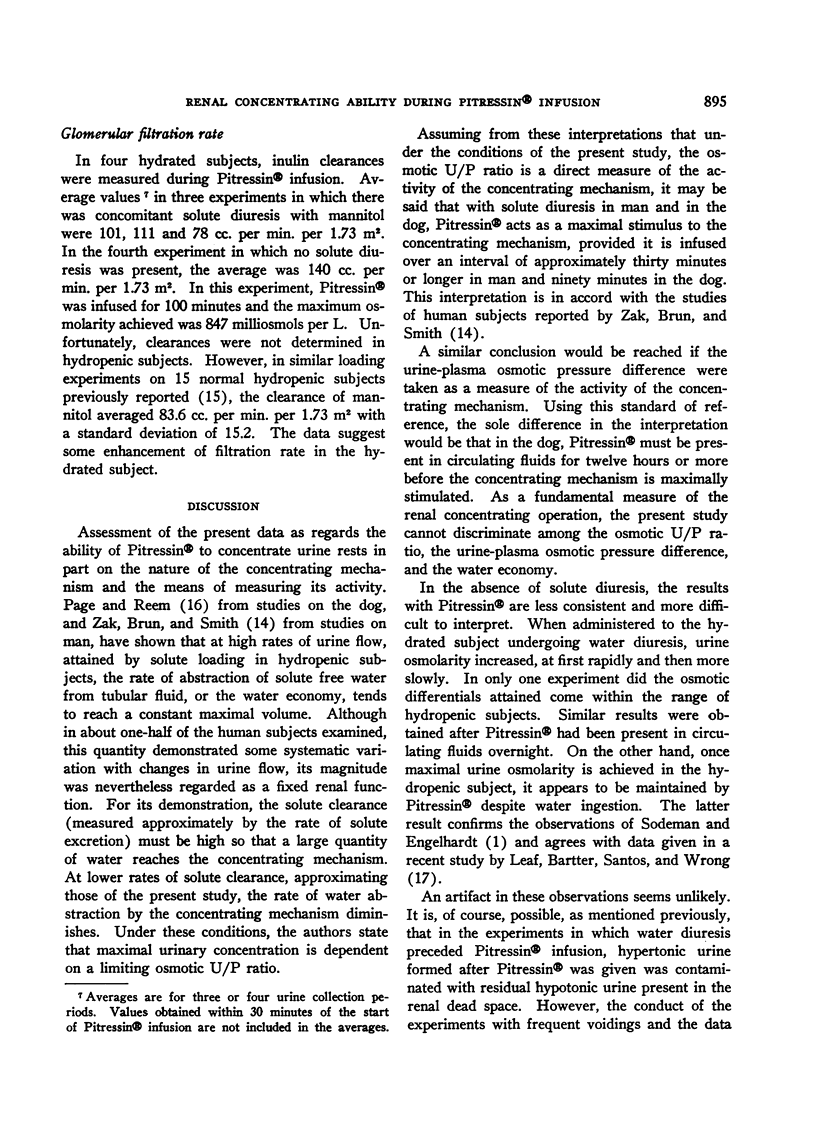
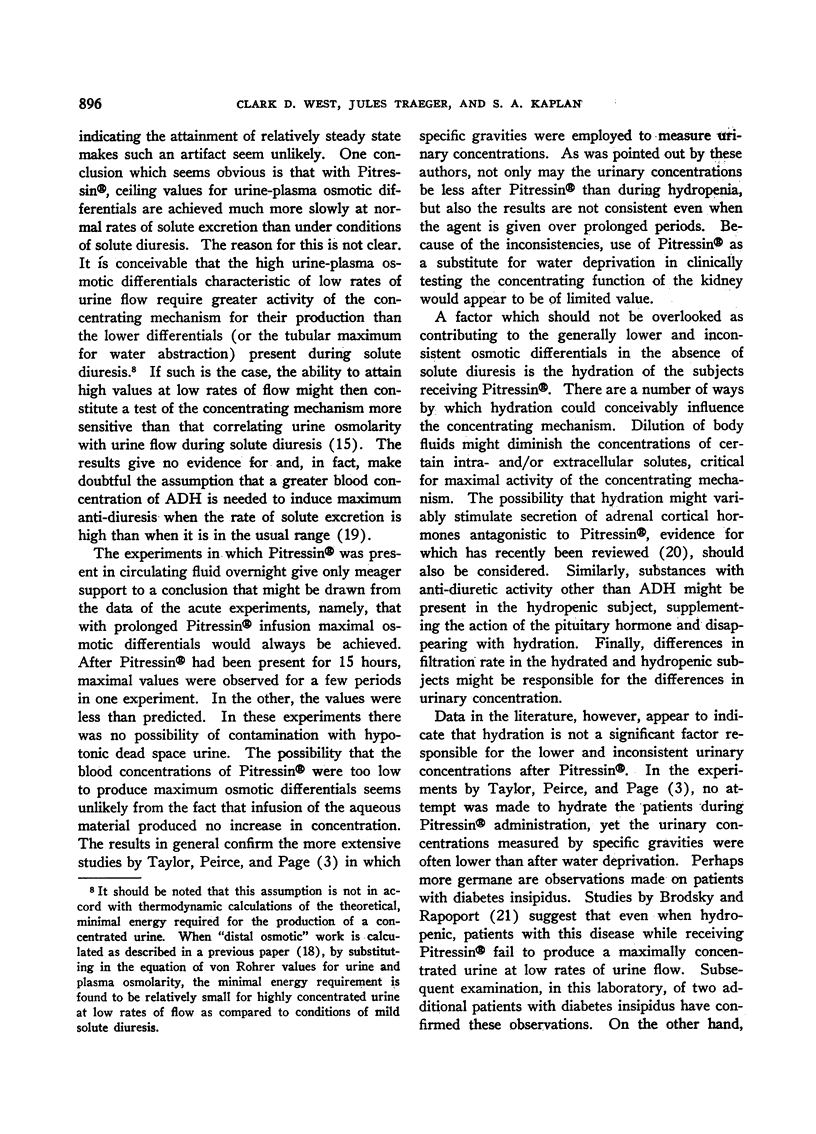
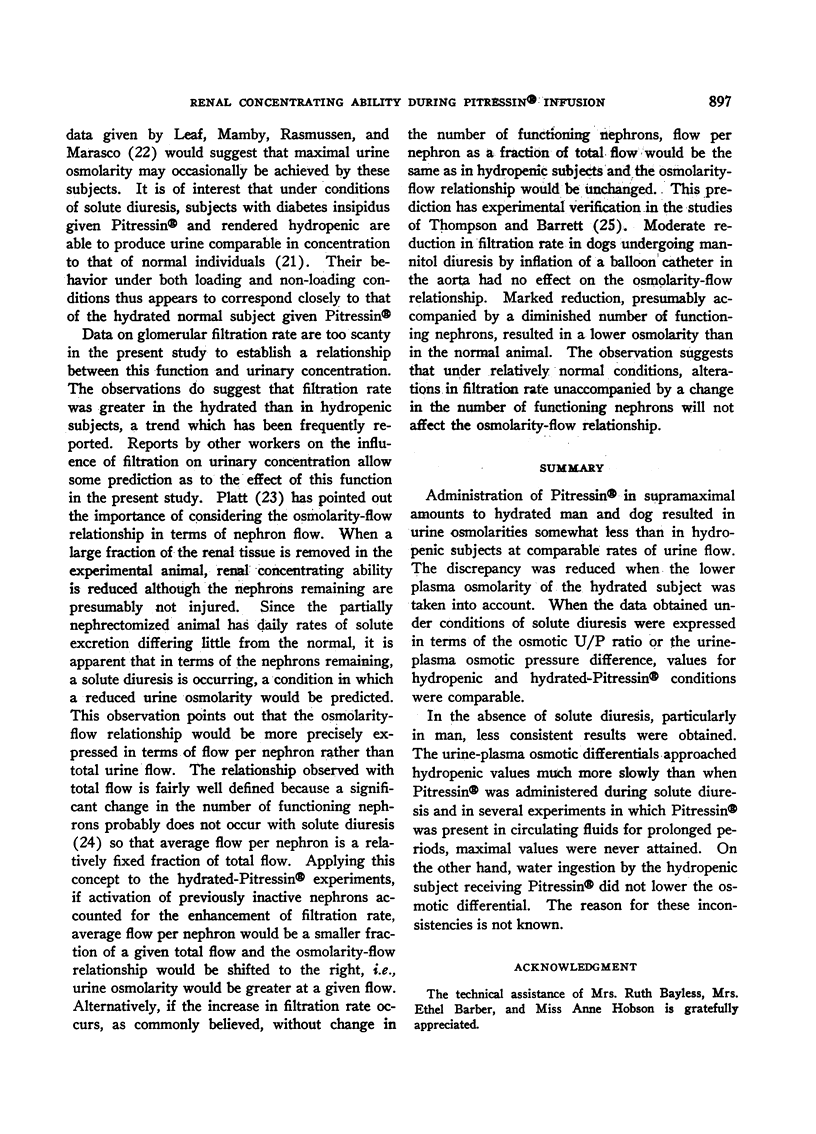
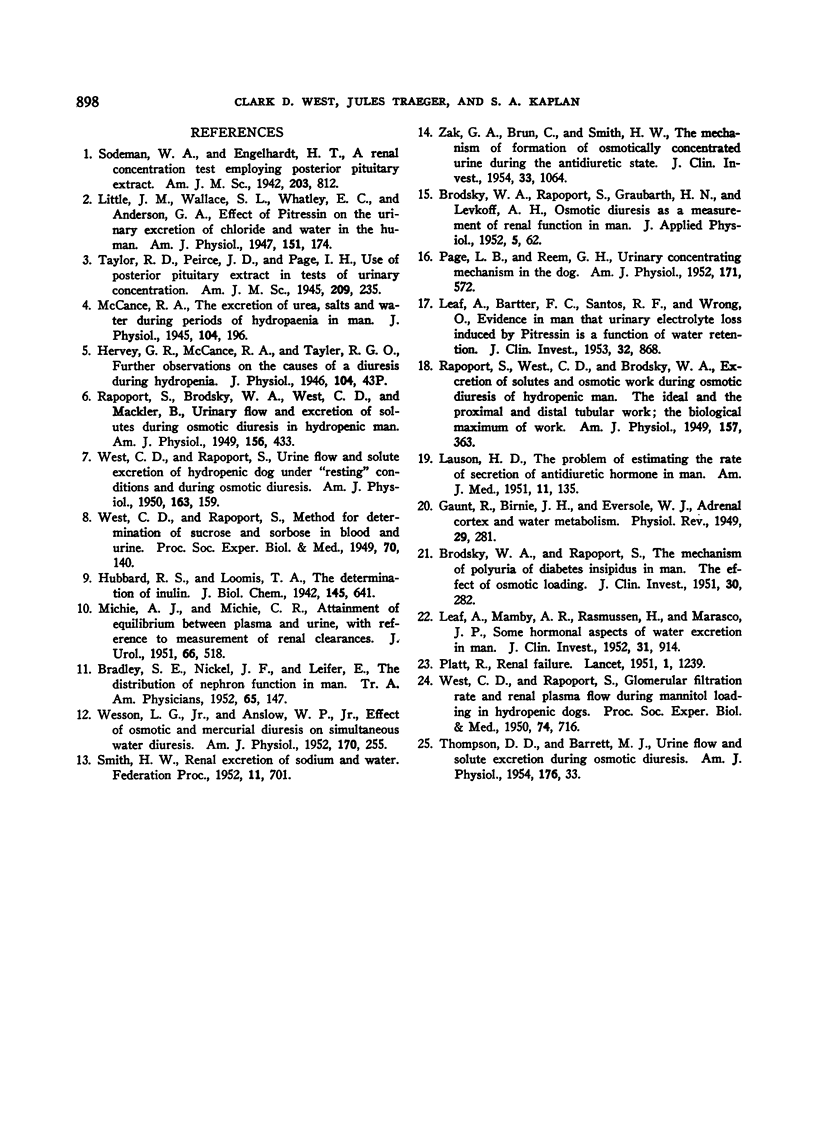
Selected References
These references are in PubMed. This may not be the complete list of references from this article.
- BRADLEY S. E., NICKEL J. F., LEIFER E. The distribution of nephron function in man. Trans Assoc Am Physicians. 1952;65:147–158. [PubMed] [Google Scholar]
- BRODSKY W. A., RAPOPORT S., GRAUBARTH H. N., LEVKOFF A. H. Osmotic diuresis as a measurement of renal function in man. J Appl Physiol. 1952 Aug;5(2):62–72. doi: 10.1152/jappl.1952.5.2.62. [DOI] [PubMed] [Google Scholar]
- BRODSKY W. A., RAPOPORT S. The mechanism of polyuria of diabetes insipidus in man; the effect of osmotic loading. J Clin Invest. 1951 Mar;30(3):282–291. doi: 10.1172/JCI102442. [DOI] [PMC free article] [PubMed] [Google Scholar]
- GAUNT R., BIRNIE J. H., EVERSOLE W. J. Adrenal cortex and water metabolism. Physiol Rev. 1949 Oct;29(4):281–310. doi: 10.1152/physrev.1949.29.4.281. [DOI] [PubMed] [Google Scholar]
- LAUSON H. D. The problem of estimating the rate of secretion of antidiuretic hormone in man. Am J Med. 1951 Aug;11(2):135–156. doi: 10.1016/0002-9343(51)90100-3. [DOI] [PubMed] [Google Scholar]
- LEAF A., BARTTER F. C., SANTOS R. F., WRONG O. Evidence in man that urinary electrolyte loss induced by pitressin is a function of water retention. J Clin Invest. 1953 Sep;32(9):868–878. doi: 10.1172/JCI102805. [DOI] [PMC free article] [PubMed] [Google Scholar]
- LEAF A., MAMBY A. R., RASMUSSEN H., MARASCO J. P. Some hormonal aspects of water excretion in man. J Clin Invest. 1952 Oct;31(10):914–927. doi: 10.1172/JCI102680. [DOI] [PMC free article] [PubMed] [Google Scholar]
- MICHIE A. J., MICHIE C. R. Attainment of equilibrium between plasma and urine, with reference to measurement of renal clearances. J Urol. 1951 Oct;66(4):518–526. doi: 10.1016/S0022-5347(17)74371-6. [DOI] [PubMed] [Google Scholar]
- McCance R. A. The excretion of urea, salts and water during periods of hydropaenia in man. J Physiol. 1945 Oct 15;104(2):196–209. doi: 10.1113/jphysiol.1945.sp004115. [DOI] [PMC free article] [PubMed] [Google Scholar]
- PAGE L. B., REEM G. H. Urinary concentrating mechanism in the dog. Am J Physiol. 1952 Dec;171(3):572–577. doi: 10.1152/ajplegacy.1952.171.3.572. [DOI] [PubMed] [Google Scholar]
- PLATT R. Renal failure. Lancet. 1951 Jun 9;1(6667):1239–1242. doi: 10.1016/s0140-6736(51)92751-1. [DOI] [PubMed] [Google Scholar]
- SMITH H. W. Renal excretion of sodium and water. Fed Proc. 1952 Sep;11(3):701–705. [PubMed] [Google Scholar]
- THOMPSON D. D., BARRETT M. J. Urine flow and solute excretion during osmotic diuresis. Am J Physiol. 1954 Jan;176(1):33–38. doi: 10.1152/ajplegacy.1953.176.1.33. [DOI] [PubMed] [Google Scholar]
- WESSON L. G., Jr, ANSLOW W. P., Jr Effect of osmotic and mercurial diuresis on simultaneous water diuresis. Am J Physiol. 1952 Aug;170(2):255–269. doi: 10.1152/ajplegacy.1952.170.2.255. [DOI] [PubMed] [Google Scholar]
- WEST C. D., RAPOPORT S. Glomerular filtration rate and renal plasma flow during mannitol loading in hydropenic dogs. Proc Soc Exp Biol Med. 1950 Aug;74(4):716–717. doi: 10.3181/00379727-74-18025. [DOI] [PubMed] [Google Scholar]
- WEST C. D., RAPOPORT S. Urine flow and solute excretion of hydropenic dog under 'resting' conditions and during osmotic diuresis. Am J Physiol. 1950 Oct;163(1):159–174. doi: 10.1152/ajplegacy.1950.163.1.159. [DOI] [PubMed] [Google Scholar]
- ZAK G. A., BRUN C., SMITH H. W. The mechanism of formation of osmotically concentrated urine during the antidiuretic state. J Clin Invest. 1954 Jul;33(7):1064–1074. doi: 10.1172/JCI102974. [DOI] [PMC free article] [PubMed] [Google Scholar]


